

Design Concepts 101
Design For Place uses you an useful presentation of how the principles can be utilised during the style procedure. You are encouraged to become familiar with each principle before embarking on developing a home so you can select the right choice for your needs.
What are the essential concepts informing Style For Place?
Style For Place is notified by essential style principles, helping you to benefit from passive design for a more comfortable and energy-efficient house.
Each of the universal concepts aims to increase use and livability for a variety of people and scenarios. They affect the layout of the flooring strategies, the treatment of the elevations and sample and the specifications of products and building type.
The key concepts that a lot of affected the Style For Place styles are summed up here. You can discover a host of good-practice design principles elsewhere on Your House, around the web and by talking to your designer or designer.
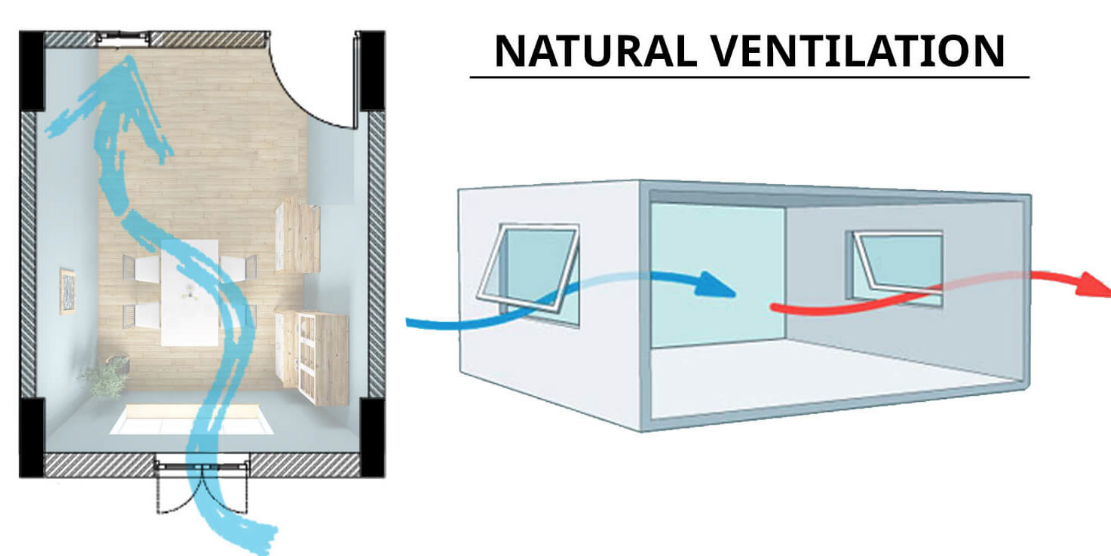
Think regional– adjust styles to fit your needs
Style For Location is a resource for you to get ideas and understand the concepts of sustainable design. The strategies offer free public access to architect-designed, 7 star (NatHERS) home styles. In utilizing these styles, you will have to learn more about and adhere to regional council and building policies and requirements. Just like all good design, the illustrations will need to be redrafted to integrate the environment and building details that apply to your location, in addition to the needs of your particular home and way of life. There are a variety of case research studies and examples to contribute to your understanding of regional design.
Face north– use appropriate orientation
In Australia, living areas need to usually face north so that sunshine can enter your house during the day. This is necessary in cold environments and it is a crucial method to reduce energy used for heating in winter season. Enabling the sun to go into the home through glazed windows and doors warms the interior of the structure during the day which decreases the requirement for mechanical heating during the cooler hours overnight. Using internal thermal mass to assist save the heat generated throughout the day is a great method to even more reduce mechanical heating requirements. The precise orientation suggested for various environment zones is outlined under Star variations and ratings.
Know where you live – react to environment
Where you live will have a major influence on how your home should be designed. Structures will have different style requirements depending on their location throughout Australia. For instance, style concepts for a home in Canberra (cold climate) will differ to those required for a house in Darwin (tropical environment). Ensuring that styles pay attention to the appropriate design principles for the climate zone is very important for preventing issues such as inappropriate heat loss or heat gain, inadequate cross-ventilation, or too much stored heat. Proper requirements for your climate zone are detailed under Star scores and variations with case studies and additional background in Design for environment.
Let the light in – provide proper levels of natural light
When a house has its home facing north, doors and windows can let in suitable levels of natural light. Reliable ‘daylighting’ can lower or perhaps eliminate the need for electrical lights throughout daytime hours. Careful positioning and sizing of windows, the use of skylights and light tubes, along with light-coloured interior surfaces can optimize benefits, while preventing extra loads on cooling and heating. It is good practice to have most of glazing dealing with north, with smaller quantities dealing with east and west since they receive the greatest sun and are the most challenging to shade. For tropical climates, southerly windows can enable light but not heat into your house.

Put on layers – provide appropriate levels of insulation
Building insulation stops the undesirable transfer of hot or cold air from inside to outside and vice versa. In winter season, it makes sure that heat from mechanical heating or the sun is kept inside your house, and in summertime it avoids the cooling effect from cooling or thermal mass inside the house from leaving. Insulation is usually put in ceiling spaces, under roofings, in walls, under suspended floorings and often underneath and around concrete slabs. Insulation is essential in all environment zones, however is especially pertinent in cooler environments where inadequate insulation enables heat to filter out through ceilings, floors, roofs and walls.
Pull the shades down– supply appropriate levels of external sun-shading
Windows and doors should be shaded from the summer sun by eaves, pergolas, sun-hoods or external blinds. Effective shading can block as much as 90% of the heat from direct sunshine, minimising heat from north-facing glazing in summer. Shading devices may be repaired or operable and should be properly positioned and sized to react to the sun’s height at different times of the year. As a standard guideline, north-facing eaves ought to be narrow adequate to allow the low-angle winter sun to enter your home, but broad sufficient to block the high-angle summertime sun. The type and size of these gadgets will vary depending upon your climate spending plan, zone and area.
Get some fresh air– offer suitable levels of natural ventilation
Allowing ventilation through a house is essential in all environment zones. Design needs to maximise take advantage of cooling breezes in summertime, particularly in warmer climates. Cool night breezes can flush out the warm air that has collected in the structure throughout the hot daytime hours. For natural cross-ventilation to take place, it is best to have openable windows on opposite sides of a room to permit breezes to go through. High openable windows can also be helpful to permit hot air to be eliminated at night while doors beneath are locked. Great ventilation is also important for healthy indoor air quality. In colder environments where the structure is sealed up with the heating on for long periods throughout winter season, picking and placing windows so the building can be ‘eliminated’ when weather condition conditions allow and breezes are at a comfortable temperature level is crucial.
Make yourself comfortable– offer habitable and functional spaces
It is necessary to keep in mind individuals who will live in your home you create. A well-planned and livable house will be able to react to the altering needs of your household without pricey alterations. Living areas need to be large enough to offer a sense of area and to enable versatility in furniture plan so you can live the method you want. When desired, this consists of exceptional access to natural light and to outside living areas. A single area needs to be adaptable adequate to serve various needs with time, such as a home office, bed room, or teenage retreat. The Style For Location designs offer these qualities while still being Australian energy effective.
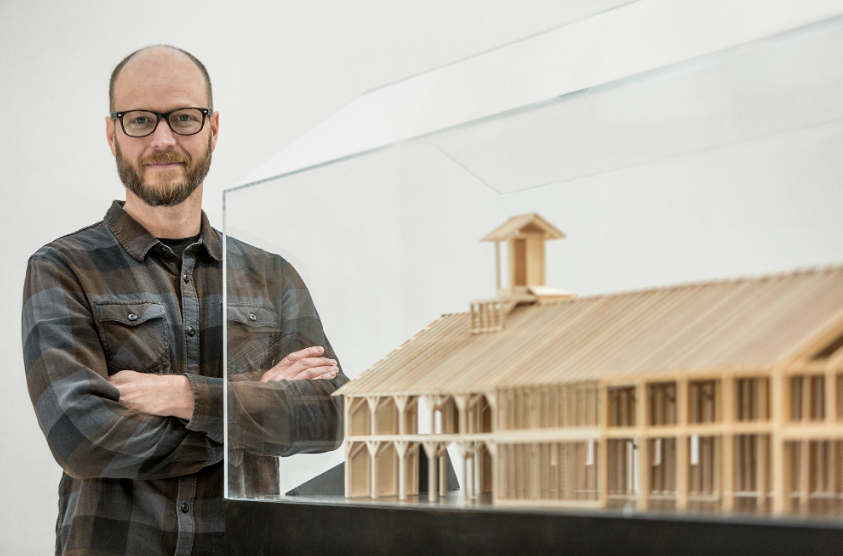
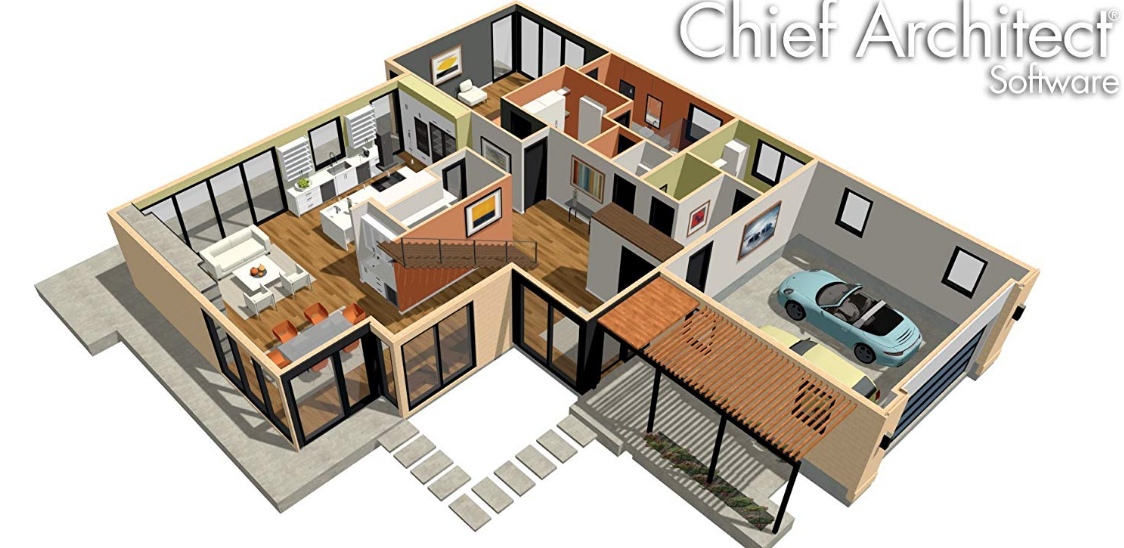
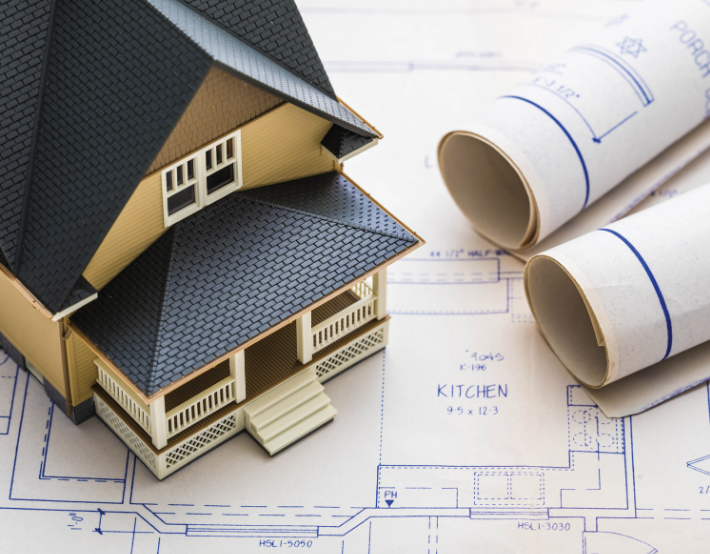
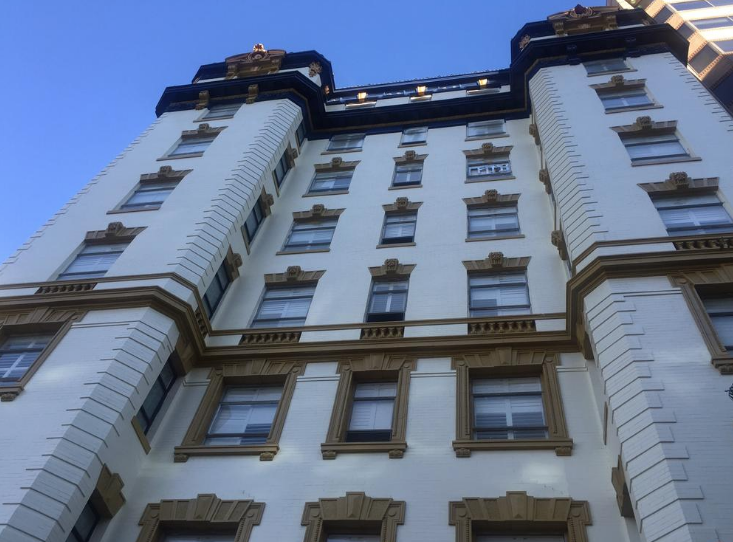


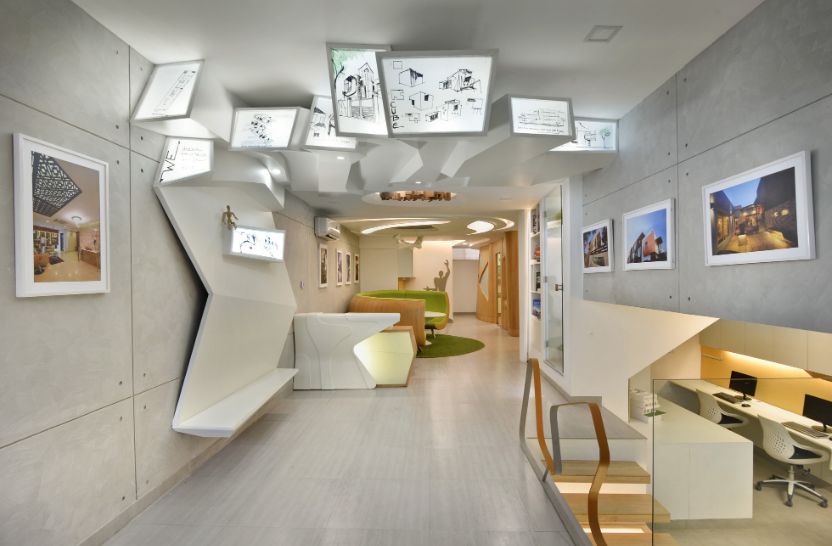
Comments are Disabled